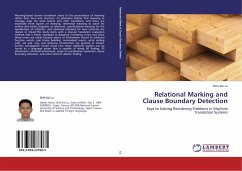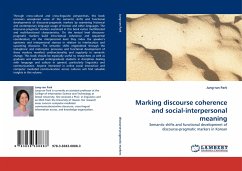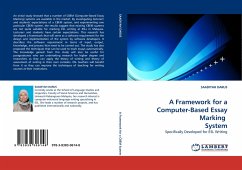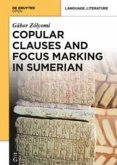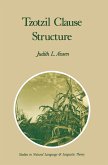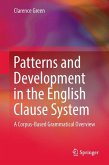Meaning-based human translation insists on the preservation of meaning rather than form and structure. Its advocates believe that meaning or message stays the same before and after translation, and there are essentially three aspects of meaning, referential meaning to stand for entities and events (together as referents), specificational meaning for the specification of referents, and relational meaning for how referents are related or linked.This study starts with a manual translation evaluation method that is better equipped to diagnose reordering errors and show those errors are made because pieces of information buried in relational function words, case frame building, nominalized events, verbs ending with ed and ing, and sentence construction are ignored or missed. Further investigation would reveal how those relational markers can be found by a language parser that is capable of doing NP finding, PP attachment, Infinitival attachment, scope of coordination resolution, clause boundary detection, and other kinds of relation finding.

